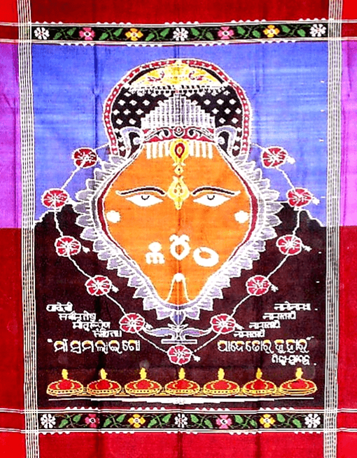Handloom Fabrics of Odisha GI Tagged
Range of Handloom Fabrics
Handloom relates to a wide range of products
- Variations arise out of the diverse weaving and dyeing techniques, motifs, color, designs as well as use.
- The scheduled tribe weave products on narrow width loin looms with typical motifs and designs.
- Extracts of bark, root, flower was being used as the dyeing martials, which is known as the vegetable dyeing. Notwithstanding synthetic chemical dyes taking over dyeing, vegetable dyes has its own buyers and fetches a premium price.
- Further the agile, imaginative and creative mind of the weavers spring up surprises with products made by minor changes on the loom making every product different form the other, which is the major strength of handloom.
- “Saree”, the traditional women wear is by far the most common and tops the list of handloom fabrics
- “Scarves” the other popular lady’s garment
- “Dress materials” in form of yardage, which is sewn for making apparel and garments for men and women
- “Calligraphy and Wall hangings” done with excellent skill are by far the most artistic and colorful
- “Wide loom products like, Furnishing material, double bedsheets”
Fabrics with tribal design “Dongoria Kandha”

Weaving fabrics narrow-width fabrics on loin looms is an integral part of the tribal culture and tradition.
- Each tribe has its unique motifs, and design, woven with cotton yarn dyed in vibrant color with natural dye.
- Each tribal house has a loom, and the product is used for domestic use.
- The tribal weave has a niche market among the fashion lovers and fetches premium price.
- Some of the tribal motifs and designs are being replicated and getting commercialized.
“Dongria”, a primitive tribe of Malkangiri, Koraput district of Odisha.
This design got Geo indicator tagging in 2023.
- Woven using cotton yarn with typical designs.
- Shawls woven with vibrant color; hand embroidered with multicolored threads are beautifully.
- The unique Dongoria design was developed into saree successfully by Weavers’ Service Centre, Bhubaneswar.
- This is being produced on a commercial scale by the weavers of Nuapatna, Cuttack district.
Fabrics woven with “Natural dye”
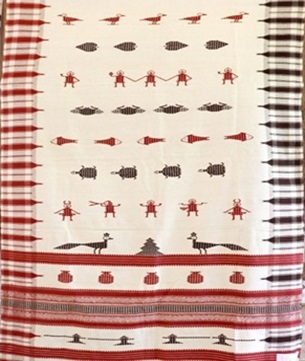
“Mirgan” tribal community of “Kotpad” village in Koraput district, Odisha. Is well known for using vegetable dye
- Cotton yarn is dyed with extracts from the bark of roots of the “Aal” tree, which gives it a unique reddish color.
- Traditionally coarse count cotton saree were woven in pit looms using this vegetable dyed yarn.
- Motifs drawn from nature, common one’s crab, conch, boat, axes, fan, bow, temple, pots, snakes, palanquin bearers, and huts.
The product got diversified with fine count cotton and silk yarn for weaving saree, shawls stoles, and dress material, The major challenge in promotion of vegetable dye is the availability of raw materials in the nature. Availability has been dwindling with denudation=n of forest, The state government has taken up plantation of Aal trees for overcoming this problem.
Wall Hangings on Lord Krishna
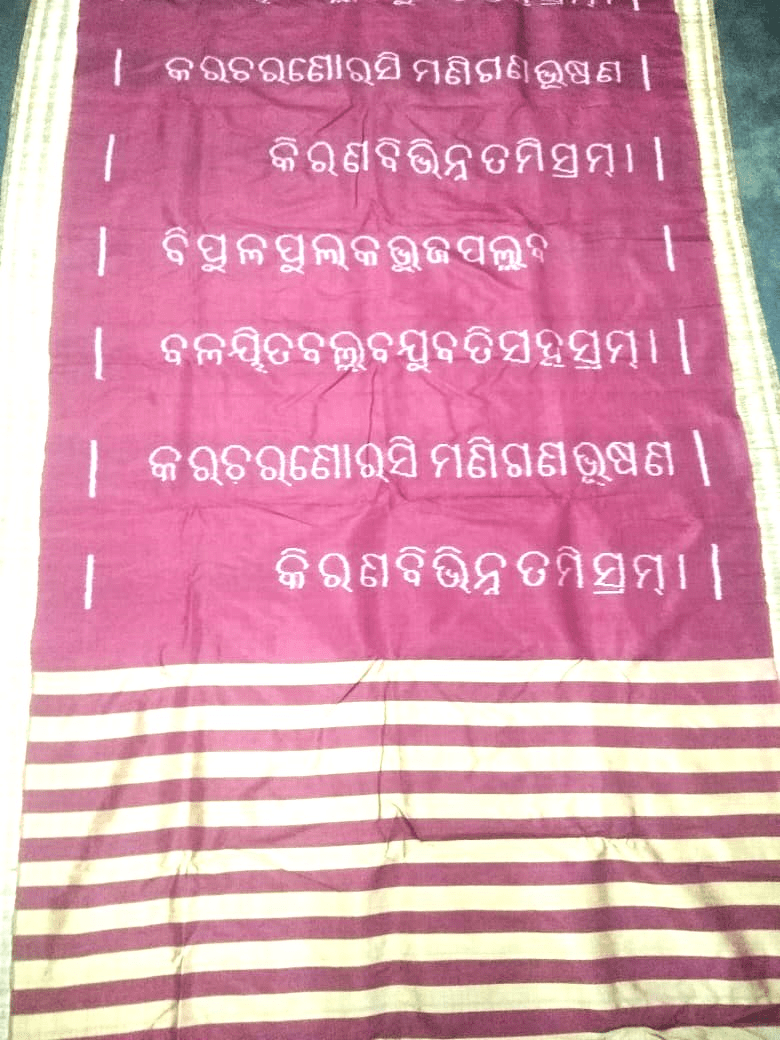
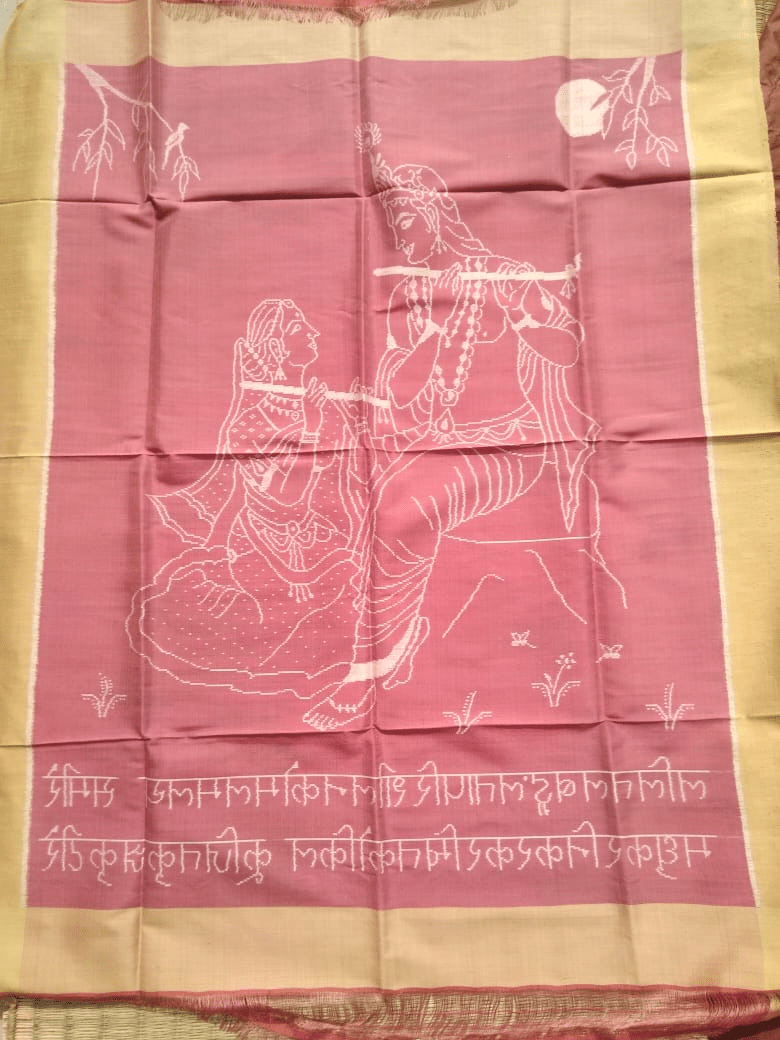
Gift item & Wall hangings
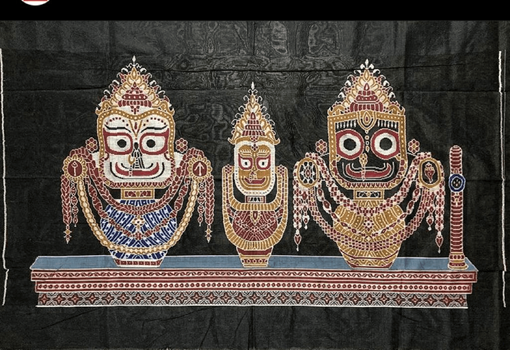
Lord Jaganath of Puri, Odisha
